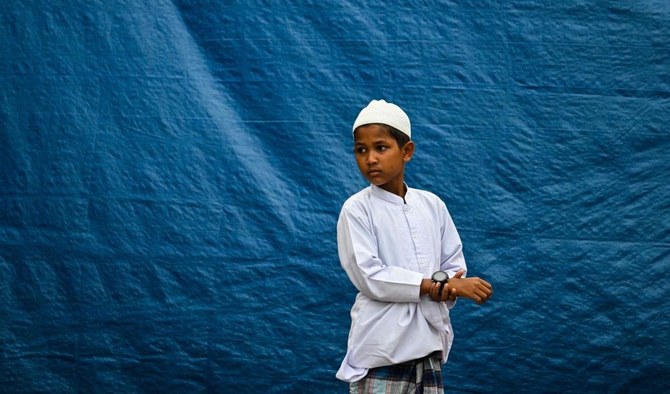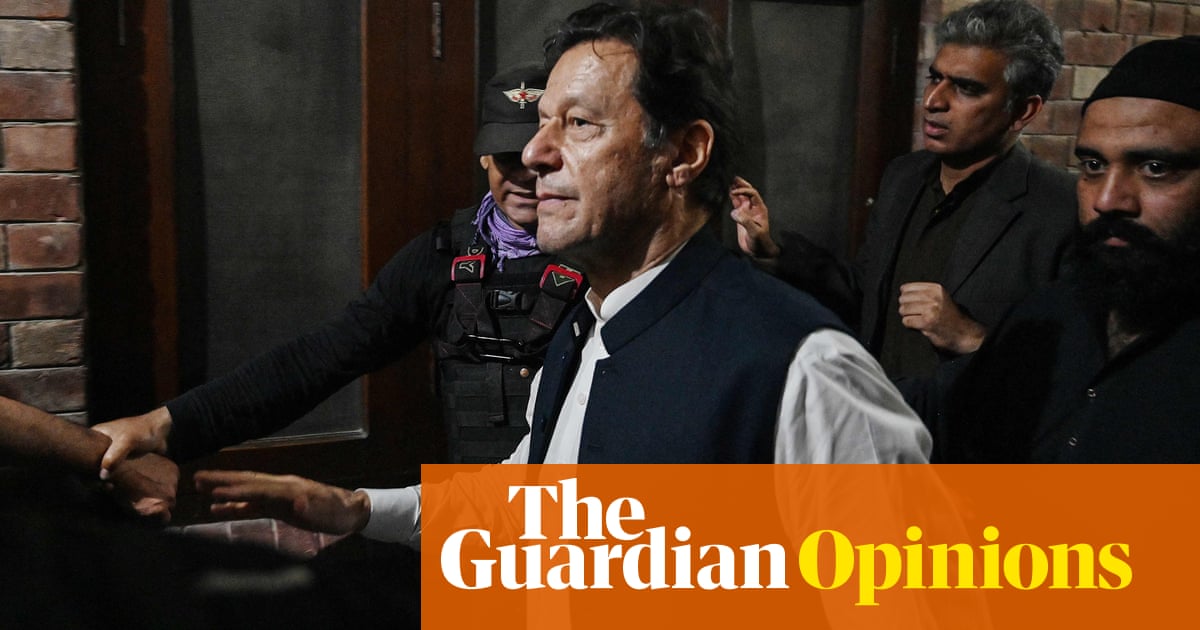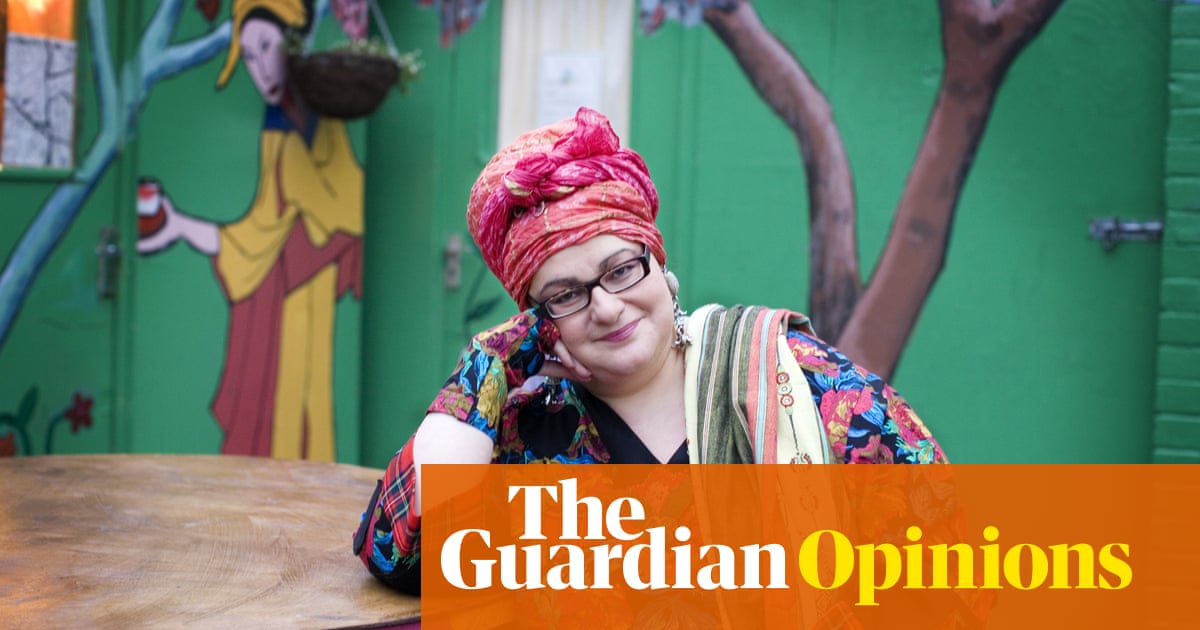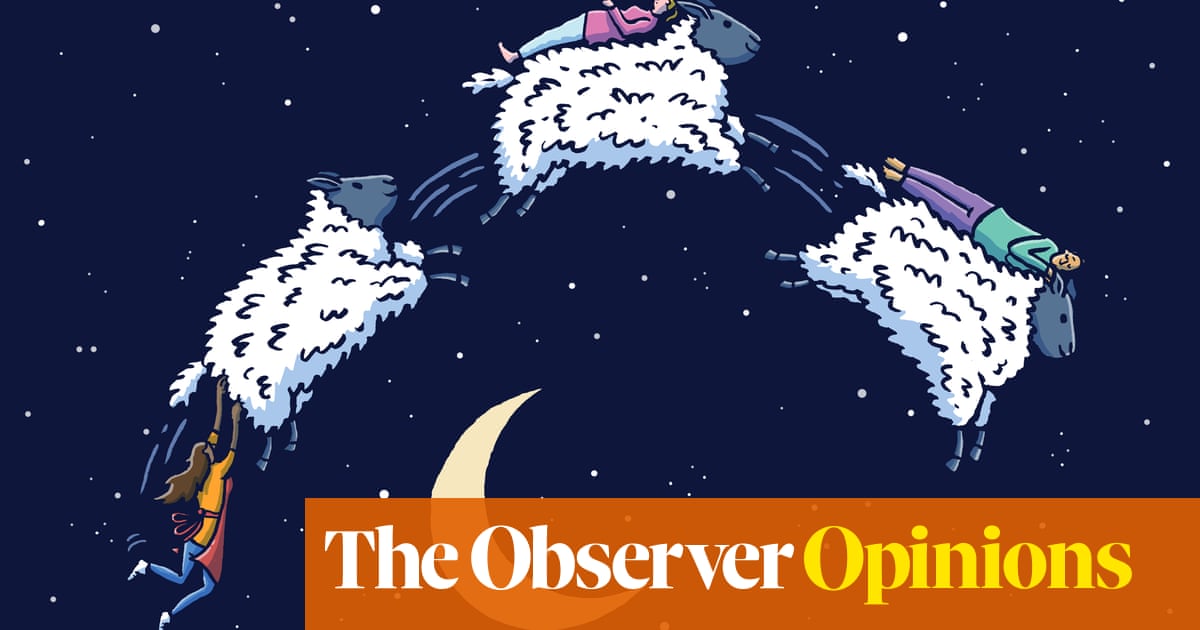
Myanmar has an unfortunate claim to hosting the world’s longest civil war, stemming from the Tatmadaw’s conflicts with almost all ethnic minorities since independence in 1948. Driven by extremist Buddhist nationalist ideology, the military’s vision of Myanmar as exclusively Bamar-Buddhist has fueled its relentless persecution of ethnic groups, perpetuating decades of violence and instability, including a full genocidal campaign against the largest ethnic minority group, the Rohingya.
But following the 2021 military coup, ethnic groups have forged a united front against the junta. This unprecedented alliance signifies a collective recognition of the military as a common adversary, galvanizing diverse ethnic communities in their struggle for democracy and the most basic of human rights.
One of the most significant armed groups in this alliance is the Arakan Army, primarily representing the Rakhine Buddhist population. Emerging in 2009, it advocates for greater autonomy in Rakhine State. Over the years, it has grown into a formidable military force, engaging in armed resistance against the central government’s authority.
The understanding between the Arakan Army and the Rohingya against Myanmar’s junta signified a significant shift in dynamics. Initially, the Rohingya faced persecution by various factions, including the Arakan Army. However, as both groups suffered under the junta’s oppression, a common enemy emerged, fostering cooperation. This alliance, born out of shared adversity, marks a departure from historical animosities and highlights a pragmatic pursuit of mutual interests.
Together, they amplify their resistance, leveraging collective strength against authoritarian rule. This partnership has not only enhanced their military capabilities but it also symbolizes solidarity in the struggle for democracy, underscoring the importance of unity amid Myanmar’s tumultuous political landscape.
So, last month’s unfortunate mislabeling of the Rohingya as “Bengali” by the Arakan Army’s commander-in-chief highlights a persistent refusal to acknowledge their rightful place within Myanmar’s historical fabric, despite seeking their support in the fight against the military. Twan Mrat Naing posted on X: “Nothing is wrong with calling Bengalis ‘Bengalis.’ They have been our neighbors, our friends and fellow citizens for centuries. Let’s be honest and embrace this reality to build a better future.”
This incorrect categorization underscores a lingering reluctance to fully embrace the Rohingya as integral members of Myanmar’s diverse populace. While the Arakan Army views them as allies in their struggle, this act demonstrates an incomplete acceptance of the Rohingya’s presence and identity within the nation. It reveals a complex dynamic in which strategic alliances coexist with unresolved ethnic tensions, underscoring the ongoing complexities within Myanmar’s sociopolitical landscape.
The term “Bengali,” when used in reference to the Rohingya, is laden with derogatory implications, stemming from historical, cultural and political complexities. It implies a denial of their distinct identity and roots in Myanmar, relegating them to the status of unwanted outsiders. This misrepresentation not only erases their unique ethnicity but also undermines their fundamental rights as human beings. Such labeling serves as a tool to justify oppression and exclusion, exacerbating the ongoing humanitarian crisis facing the Rohingya community.
So, why the reluctance to use the word “Rohingya?” This term holds significant power as it embodies historical truth, dispelling fabricated narratives of ethnic cleansing. Those who seek to marginalize the Rohingya fear it for this reason.
But the nationalists’ claims lack historical foundation; Arakan was not traditionally part of Burmese territory. The natural geography and cultural affinities align more with Bengal than Burma.
However, the most important reason for giving no ground to the extremists’ revisionist history is that the word “Rohingya” is historically documented in the region prior to the British Raj. Muslims have lived in the region since the seventh century, alongside Hindus and Buddhists, according to an assessment by U Kyaw Min. Before 1824, the British referred to the region as Rohang and those who lived there as Rohingyas. Later reports from the 19th century, including the 1852 “Account of the Burman Empire,” refer to how the local Muslims called themselves “Rovingaw” or “Rooinga.” Likewise, a 1799 study of languages spoken in the Burmese area divided the natives of Arakan state between Yakain and Rooinga.
The term ‘Bengali’ is laden with derogatory implications, stemming from historical, cultural and political complexities.
Dr. Azeem Ibrahim
The “Classical Journal of 1811” has a comparative list of numbers in many East and Central Asian languages, identifying three spoken in the “Burmah Empire” and distinguishing between the Rohingya and the Rakhine as the main ethnic groups in the region. Likewise, Rooinga is structurally different to Bengali. An 1815 German compendium of languages of the wider region also mentioned the existence of the Rohingya as an ethnic group and separate language.
This is the history that the ethnic cleansers and their apologists are trying to obscure. They claim that the “Bengalis” invented the term “Rohingya” to hide an illegitimate Bengali background. And this is why the term “Rohingya” posits a threat for them. The word is in the history books — the same books showing that the area has been multiethnic and multiconfessional for well over a millennium.
The history books also show that Myanmar has been most successful as an open, inclusive and outward-looking country. And this is why the war over the word “Rohingya” must be fought and won. The word looks to history but also charts a path for Myanmar toward a future that makes the country every bit the glorious, peaceful, creative and open place it once was.
Dr. Azeem Ibrahim is the director of special initiatives at the Newlines Institute for Strategy and Policy in Washington, DC. X: @AzeemIbrahim












